Can a Bobcat Be Light Brown in Color
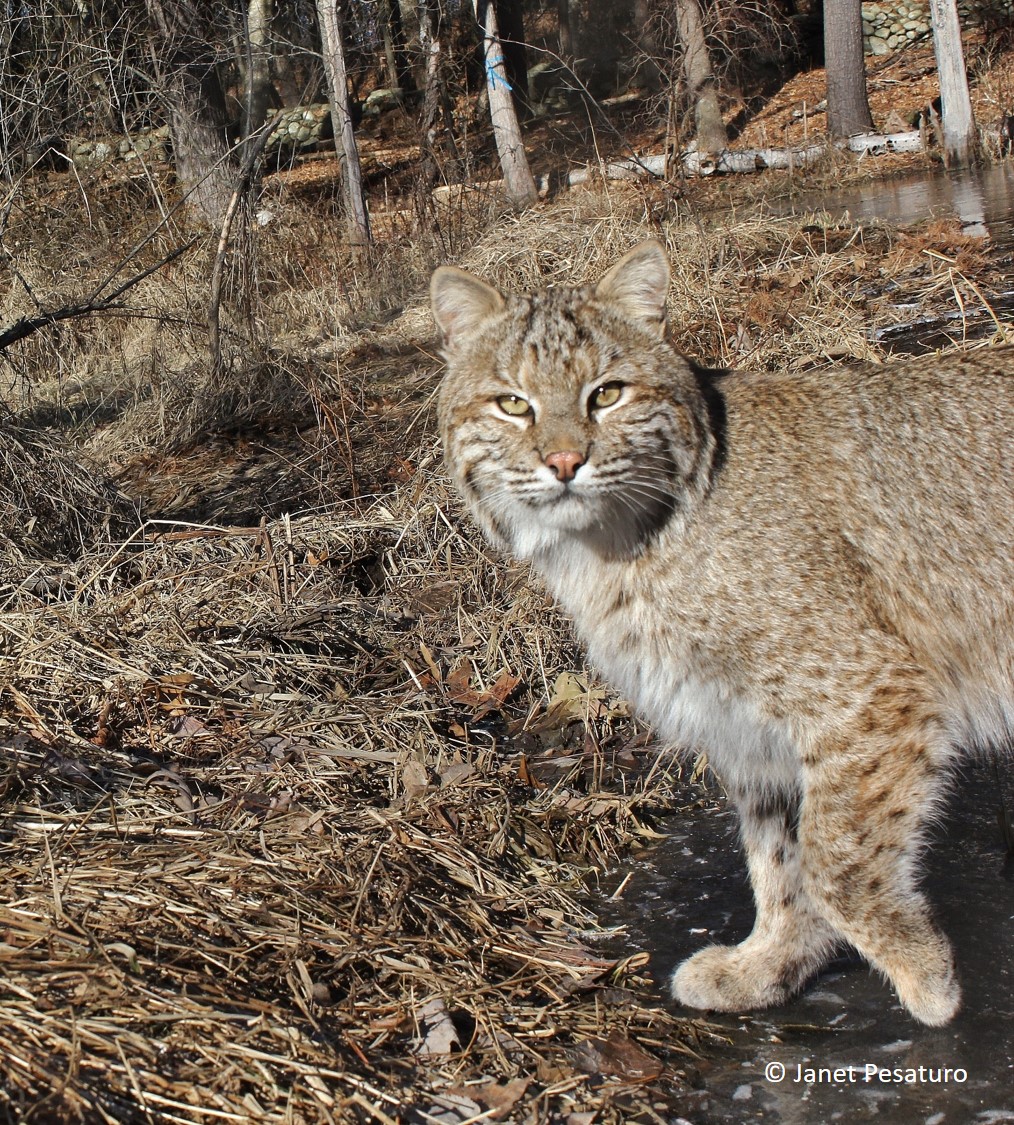
The "rufus" in the bobcat's scientific name, Lynx rufus, is Latin for red, but most populations are grayer in winter and more reddish in summer. What accounts for these differences in bobcat coat color? Probably the advantage of camouflage: those who blend well with their surroundings are more likely to survive long enough to pass on their genes. The New England bobcat in its winter coat at the top of this page is exquisitely camouflaged. The grayish-buff pelage with small black spots perfectly mimics that grays and browns of fallen, dead winter leaves and grasses, and the dark shadows between them. The white patches of the coat echo the grayish-white of sun bathed tree trunks.
For another look at the same cat in the same place and time, see the video below. It was captured with a different camera, so the colors are a little different, but the cat is still perfectly camouflaged in its grayish-buff winter coat. Notice how the cat disappears into the background as it walks away. Enjoy the raccoons and coyotes in this video, too!
Now here's a New England bobcat in summer, when deciduous trees and shrubs are clothed in leaves. In these shadier conditions with exposed patches of brown soil, a deeper reddish-brown coat provides better camouflage. For additional examples of New England bobcats in their summer pelage see this post on bobcats playing.
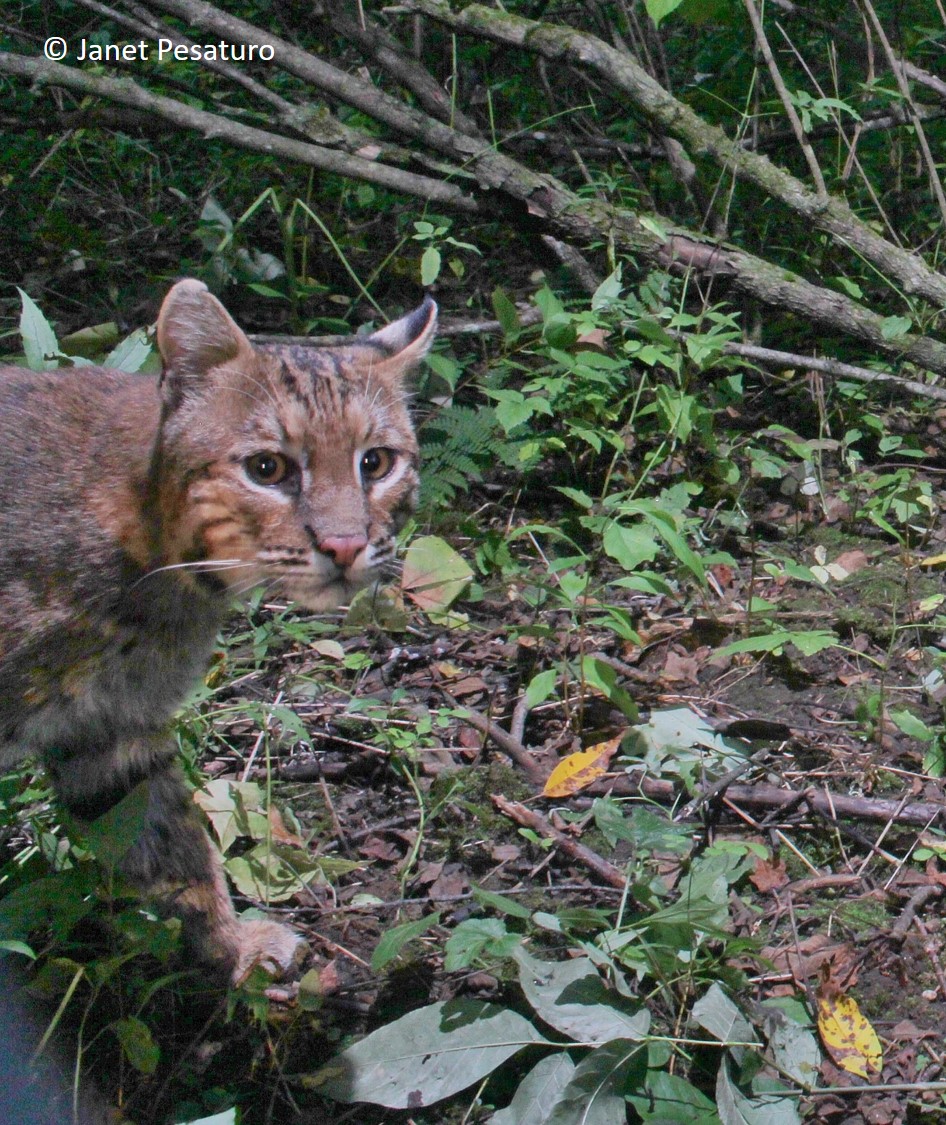
And now here's a bobcat in summer the southeastern US. It has the same reddish-brown color. The hair in the summer coat is also shorter and thinner, which is fairly obvious in the photo below.
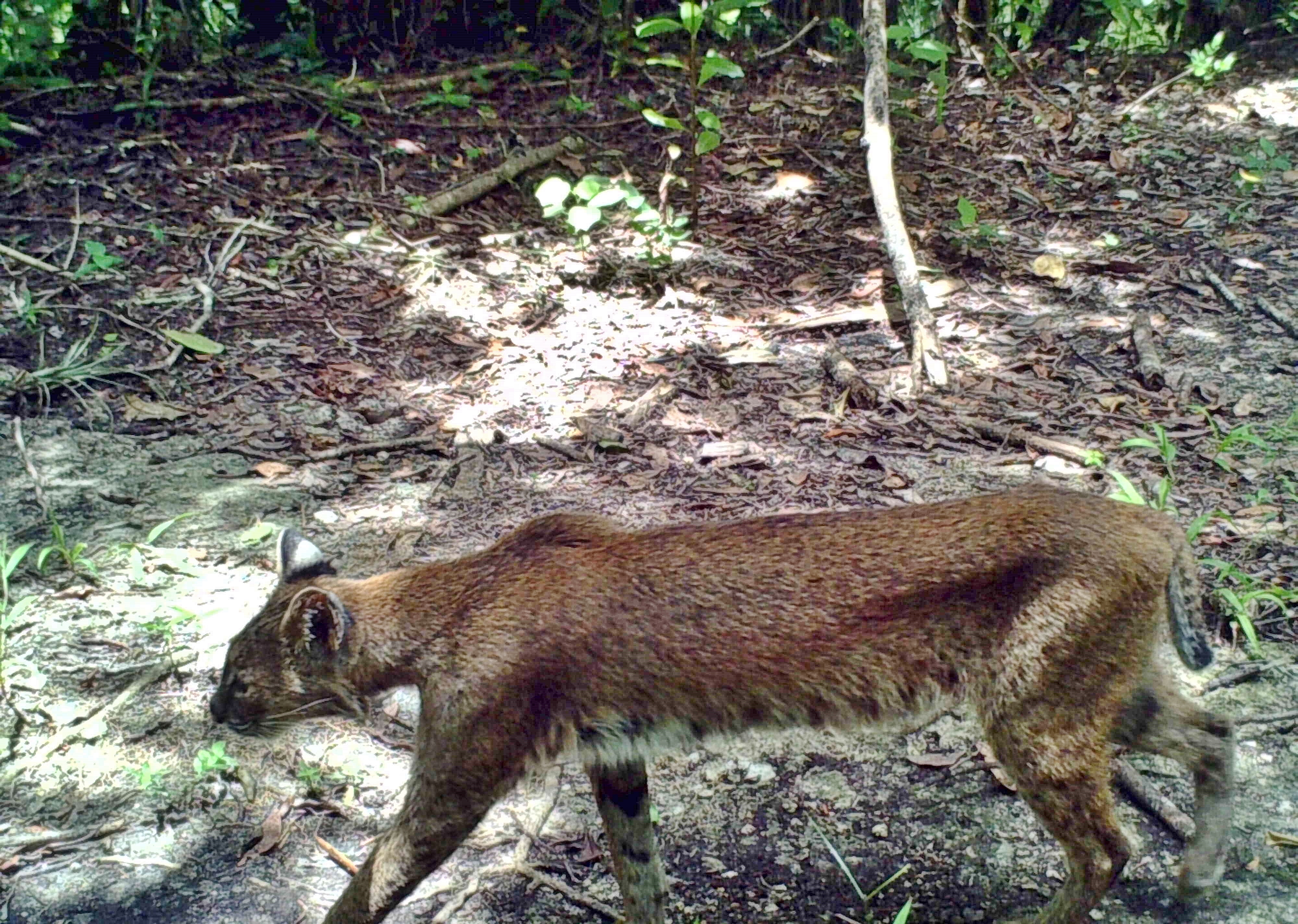
A word of caution, though. Lighting can dramatically influence your perception of color. The following two photos were both captured in winter, just a few days apart. In the morning sun, the cat appears grayish-buff but in the afternoon sun it appears reddish. One might wonder if there were 2 different cats, but the other animals (porcupines) moving along that run were also more reddish in the afternoon sun, so the difference in color was clearly caused by the difference in lighting.
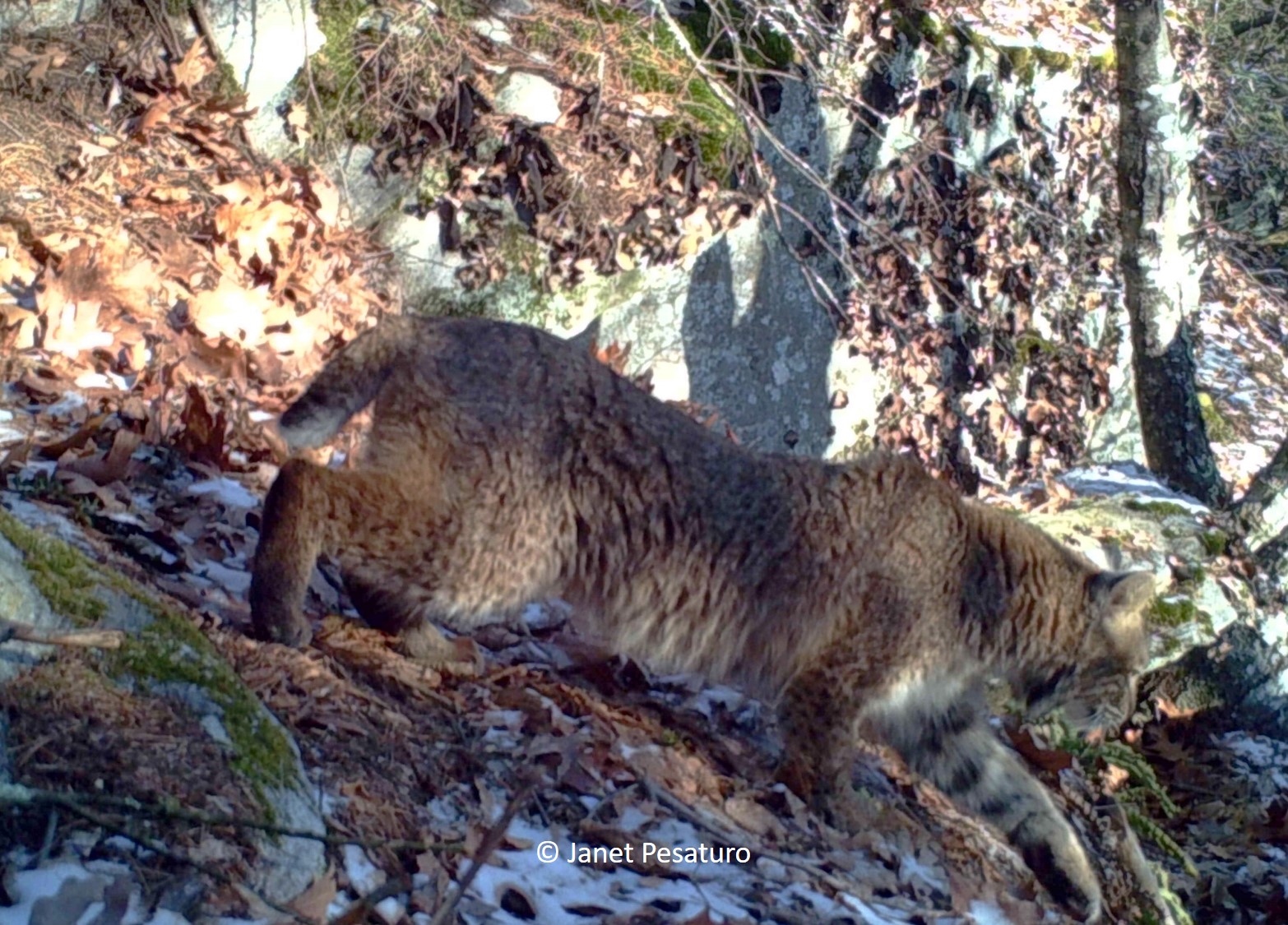
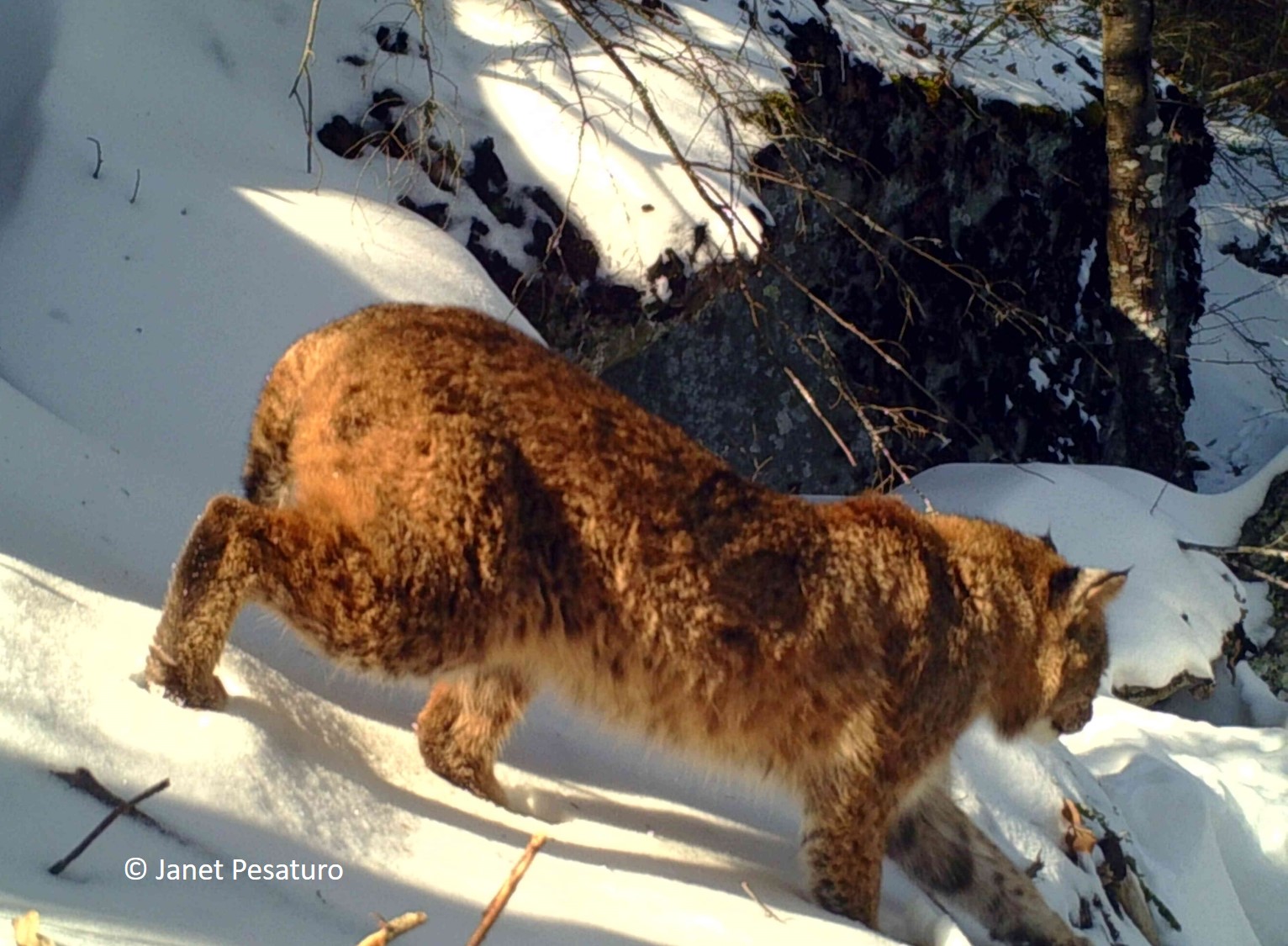
Aside from the seasonal variation, bobcats in certain geographic areas tend to be more reddish than the ones in other locations. Those in the forests of western Canada tend to be darker and redder than bobcats of the desert Southwestern US. I do not yet have photos to show that but it makes sense that desert bobcats would be paler to match the sandy desert background.
Read more about the importance of camouflage in wildlife.
Can a Bobcat Be Light Brown in Color
Source: https://winterberrywildlife.ouroneacrefarm.com/2019/07/17/bobcat-coat-color-and-camouflage/